Do you have a question about the Olympus EVOLT E-410 and is the answer not in the manual?
Step-by-step instructions for attaching the camera strap securely to the camera.
Procedure for correctly loading the camera's battery into the compartment.
Guides on how to properly attach and detach lenses to the camera body.
Instructions for inserting memory cards (CF/Microdrive, xD-Picture Card) into the camera.
Steps to turn the camera on and set the mode dial to AUTO.
Guide to adjusting the viewfinder's diopter for clear vision.
How to set the camera's date and time for accurate image metadata.
Explains the function and usage of the camera's mode dial for various shooting scenes.
Details on setting camera functions using the control panel screen or direct buttons.
Guidance on using the shutter button for accurate focus and shooting.
How to adjust exposure for optimal brightness and image quality.
Understanding and adjusting white balance for accurate color reproduction.
Tips for capturing outdoor scenery like forests and lakes in daylight.
Selecting specific scene modes to optimize camera settings for various situations.
Details on Program AE mode, automatic aperture and shutter speed selection.
How to set aperture manually and let the camera choose shutter speed for depth of field.
Covers AF frame selection, focus modes like S-AF and C-AF.
Viewing individual images and zooming in for detailed inspection.
Displaying multiple images at once or browsing by date.
Showing detailed shooting information and histograms for images.
Methods for deleting single, all, or selected images from the memory card.
Restoring factory default settings or custom registered settings.
Configuring the AEL button for AF or metering operations.
Setting the camera for connection to computers or printers via USB.
Information on checking and updating the camera's firmware version.
Saving print settings with images for direct printing at labs or printers.
Connecting the camera directly to a PictBridge compatible printer.
Simple procedure for printing selected images directly from the camera.
Step-by-step guide to connect the camera to a computer via USB.
Instructions for transferring and viewing images using the software.
Troubleshooting common issues like camera not turning on or no picture taken.
Explanation of viewfinder and monitor error messages and their corrective actions.
Guidelines for cleaning and storing the camera and its components.
Details on usable memory cards and precautions for their use.
A comprehensive listing of camera menu functions and their corresponding pages.
Diagrams and labels identifying all external camera parts.
Definitions of technical terms and camera functions used in the manual.
Information on recommended Four Thirds and ZUIKO DIGITAL lenses.
Technical specifications for various interchangeable lens models.
Important safety warnings for operating and handling the camera.
Guidelines for safe handling, avoiding damage, and proper usage.
Precautions regarding temperature, humidity, and environmental conditions.
| Sensor Type | Live MOS |
|---|---|
| ISO Sensitivity | ISO 100 - 1600 |
| LCD Screen Size | 2.5 inches |
| Viewfinder Type | Optical (pentamirror) |
| Weight | 375 g (body only) |
| Camera Type | Digital SLR |
| Lens Mount | Four Thirds |
| Shutter Speed | 60 - 1/4000 sec |
| Continuous Shooting | 3 fps |
| Dimensions | 129.5 x 91 x 53 mm |
| Image Processor | TruePic III |
| Effective Pixels | 10.0 megapixels |
| Storage Media | CompactFlash |
| Sensor Size | 17.3 x 13.0 mm (Four Thirds System) |
| Battery | BLS-1 Lithium-Ion rechargeable battery |
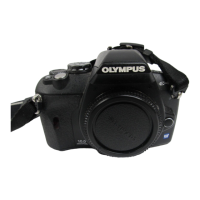
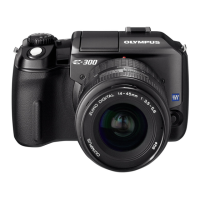

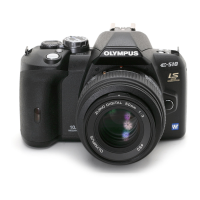


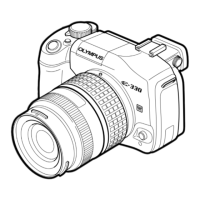
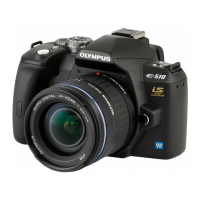
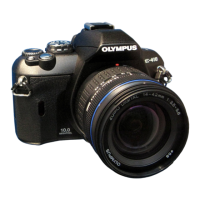
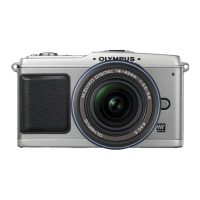


